
The Stone of Remembrance is back where it belongs on the parade ground. Photo: Australian War Memorial.
Months of planning have culminated in a delicate moving process at the Australian War Memorial, returning one of its most significant commemorative objects to its rightful place, front and centre.
The ‘Stone of Remembrance’ has been tucked out of harm’s way near the sculpture garden on the building’s west since July 2021, while work is underway on the Memorial’s massive $500 million-plus expansion project.
The Stone is a large marble block embossed with the words “Their Name Liveth for Evermore”. It’s the site of the wreath laying during the Dawn Service every Anzac Day and on other significant ceremonial occasions.
It’s normally located on the parade ground, but the temporary relocation has meant the last few Dawn Services have been held in the garden.
Just in time for Anzac Day this year, the construction fences came down on the new – and more significant – parade ground. More than 1500 veterans from 50 different regiments were able to march around it in the largest Veterans’ March since before COVID.
But there was no time to move the Stone, so the 30,000-strong crowd still had to relocate to the garden for the service. No longer.
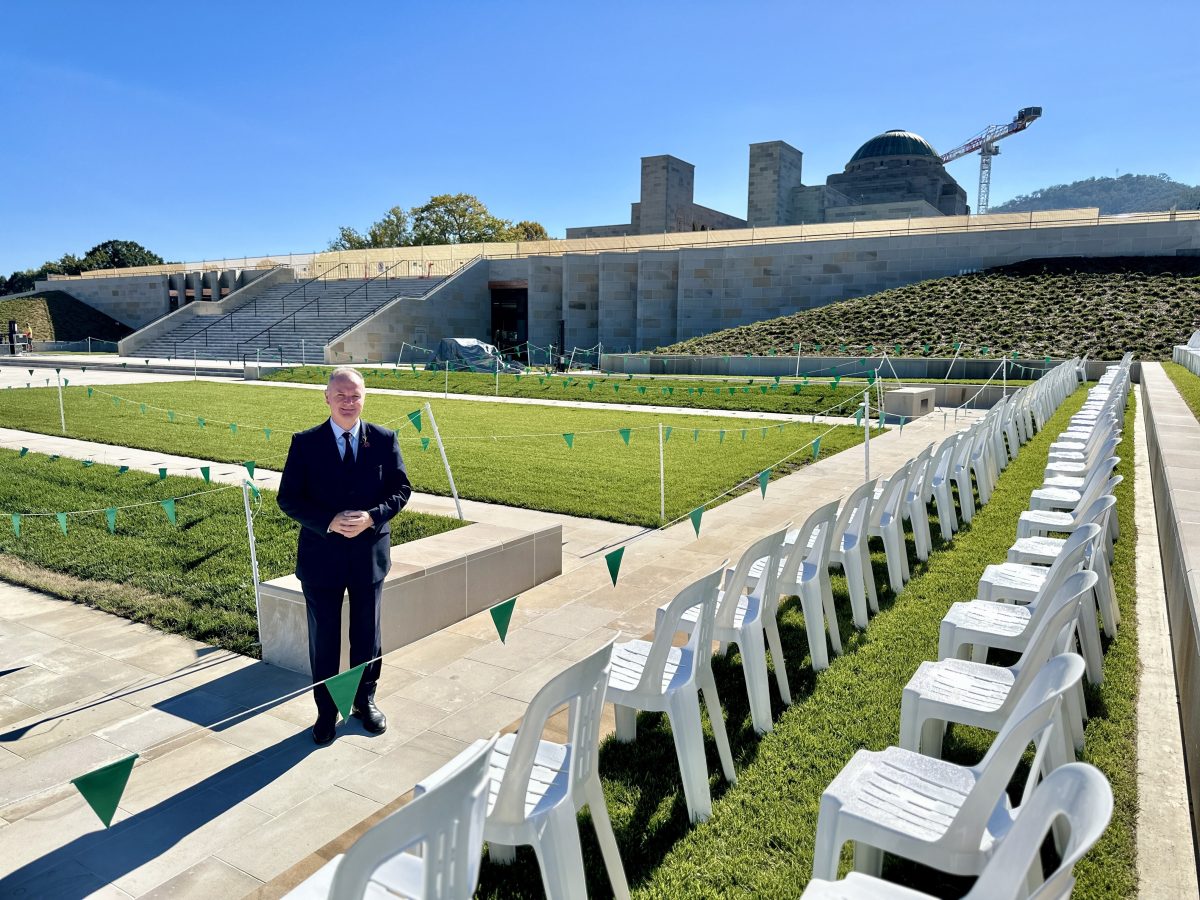
Australian War Memorial director Matt Anderson standing on the new parade ground. Photo: James Coleman.
Two cranes and a tilt-tray truck arrived at the Memorial on Friday morning (17 May). Over two hours, they took it in turns to hoist the Stone the few treacherous metres back to the parade ground. A team of three heritage stone masons then spent the rest of the day laying the finishing touches.
As before, it rests on a three-stepped platform or plinth.
The Stone of Remembrance is a standard inclusion for war memorials or cemeteries throughout the Commonwealth that commemorate more than 1000 war dead, as a place where visiting dignitaries and representatives of various countries or service organisations can lay wreaths.
The idea was conceived in 1917, when the Imperial War Graves Commission (IWGC) appointed British architect Sir Edwin Lutyens to devise a way to commemorate those killed during the ‘Great War’ (now known as World War I) at memorial sites around the world.

The stone has spent the past few years in the Memorial’s sculpture garden. Photo: Australian War Memorial.
It’s seen as an altar or sarcophagus and differs from the other common feature of Commonwealth cemeteries and memorials, the ‘Cross of Sacrifice’, as “deliberately non-religious”. However, the phrase “Their Name Liveth for Evermore” is a direct quote from the King James Version of the Apocrypha, Ecclesiasticus 44:14.
A stone was installed at the War Memorial in Canberra in time for the first Remembrance Day on 11 November 1946, but it was only a “replica” located in front of the main entrance.
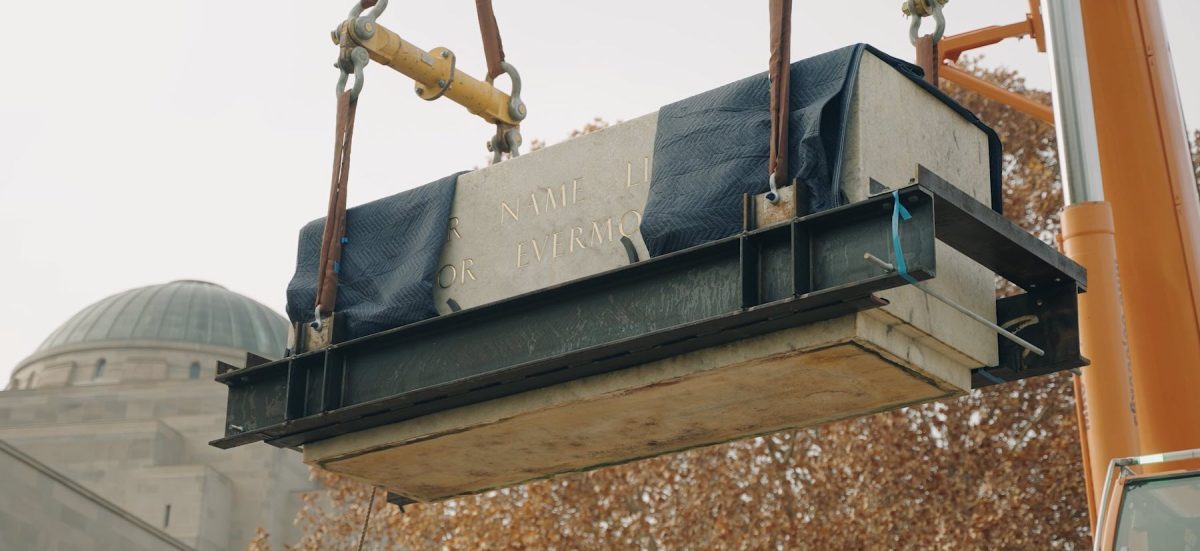
In the air. Photo: Australian War Memorial.
The real deal, a 6.5-tonne marble block quarried from South Australia, followed in 1962.
The original IWGC specifications technically call for the Stones of Remembrance to be 12 feet (3.6 metres) long, whereas the Memorial is only 9.5 feet (2.8 metres) long.
Construction work continues on a new southern entrance to the Memorial, including a new Anzac Hall and exhibition spaces and extensions to the Bean Building to house a new research centre and reading room.












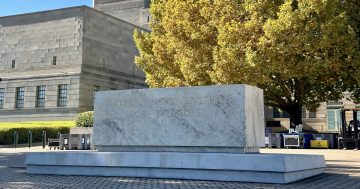
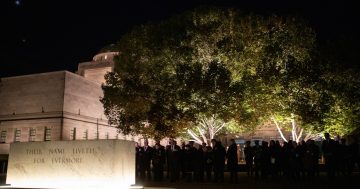
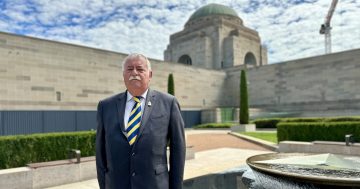


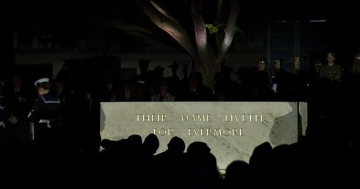
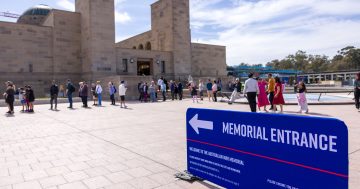
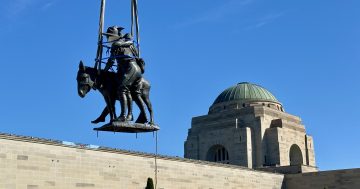
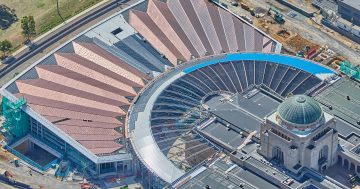

Educate people and contain costs of healthy food View